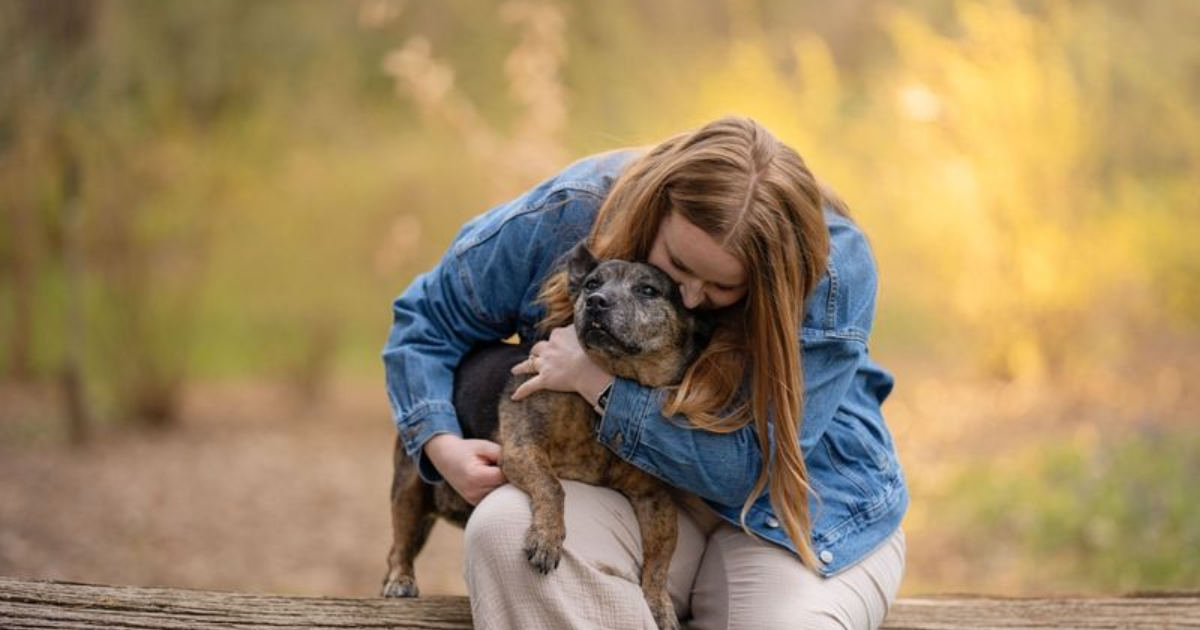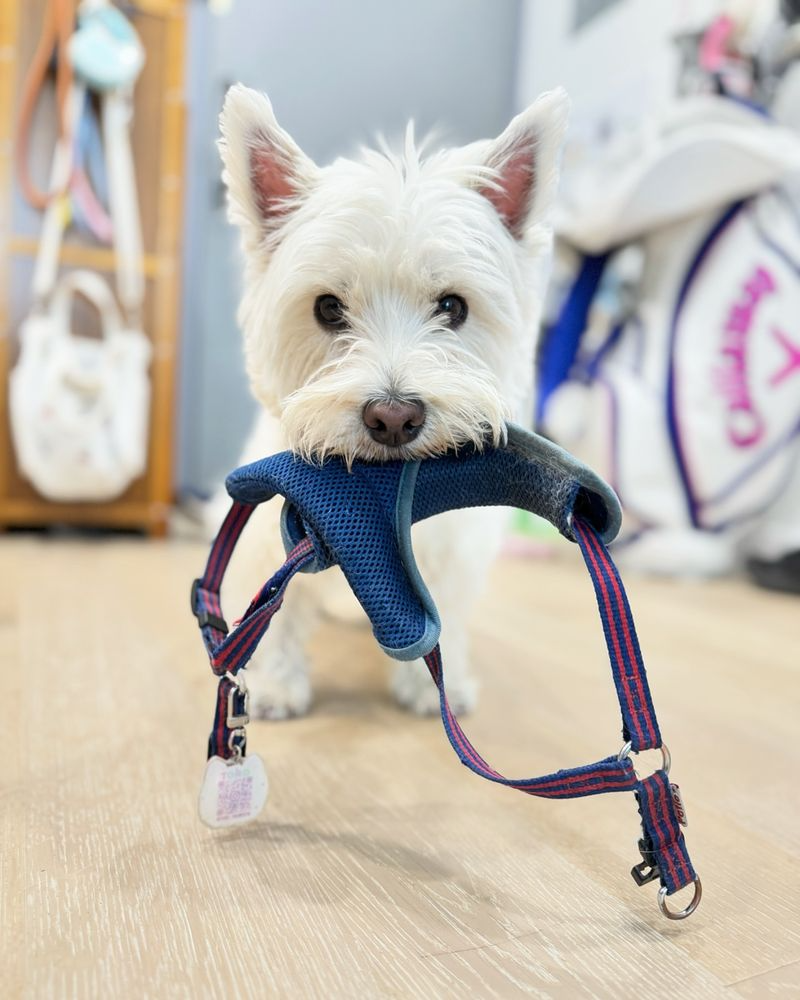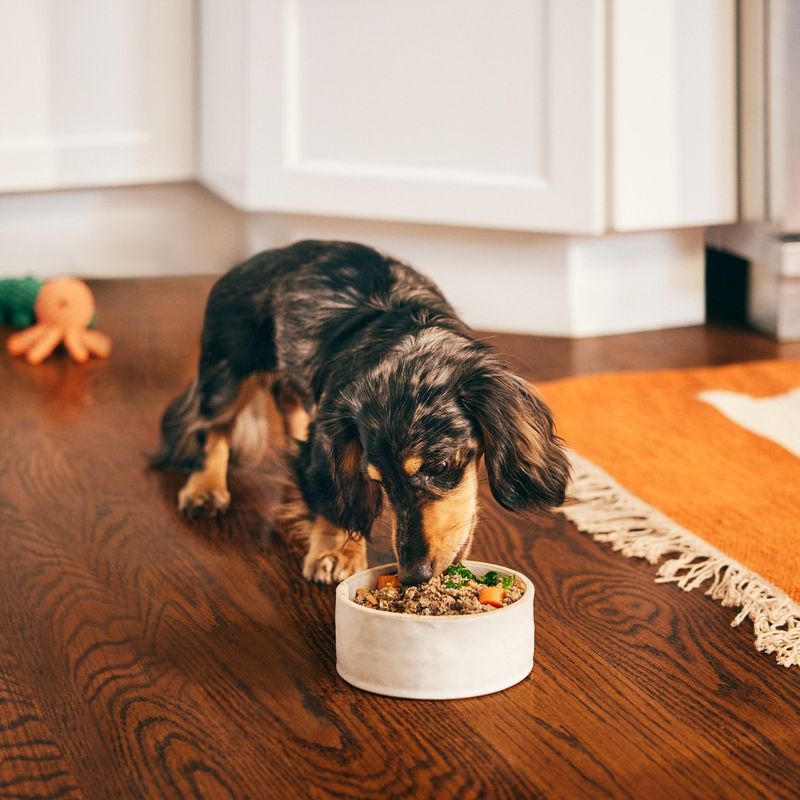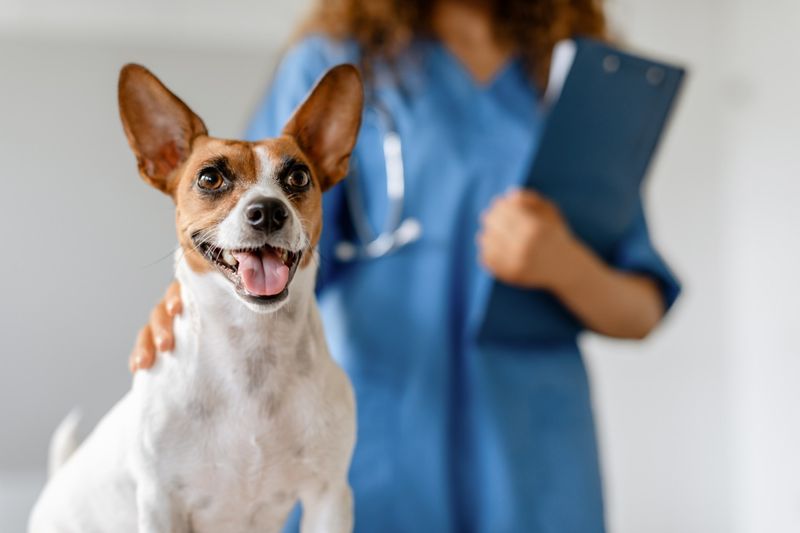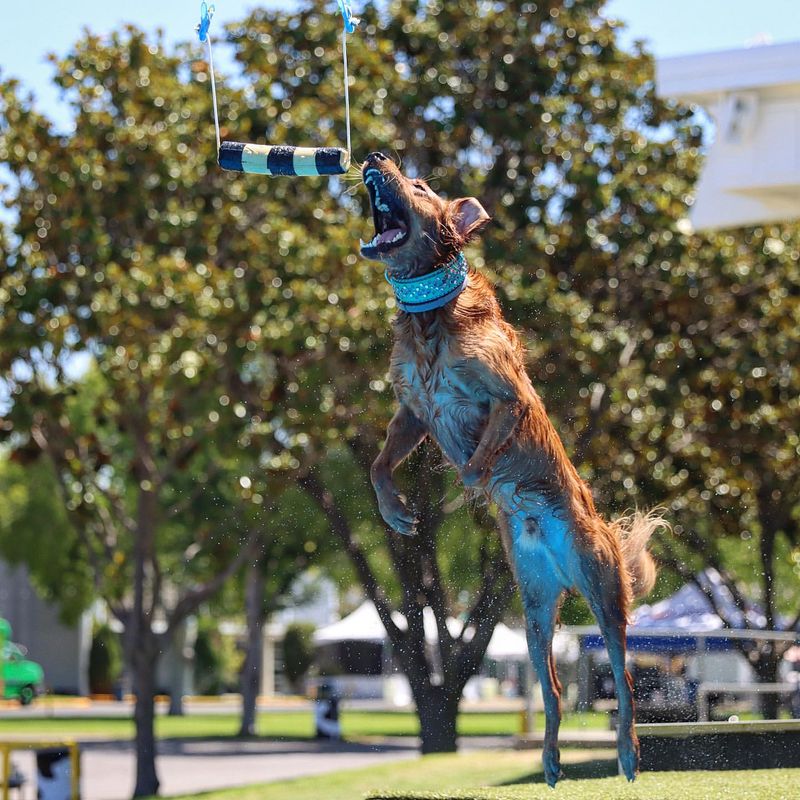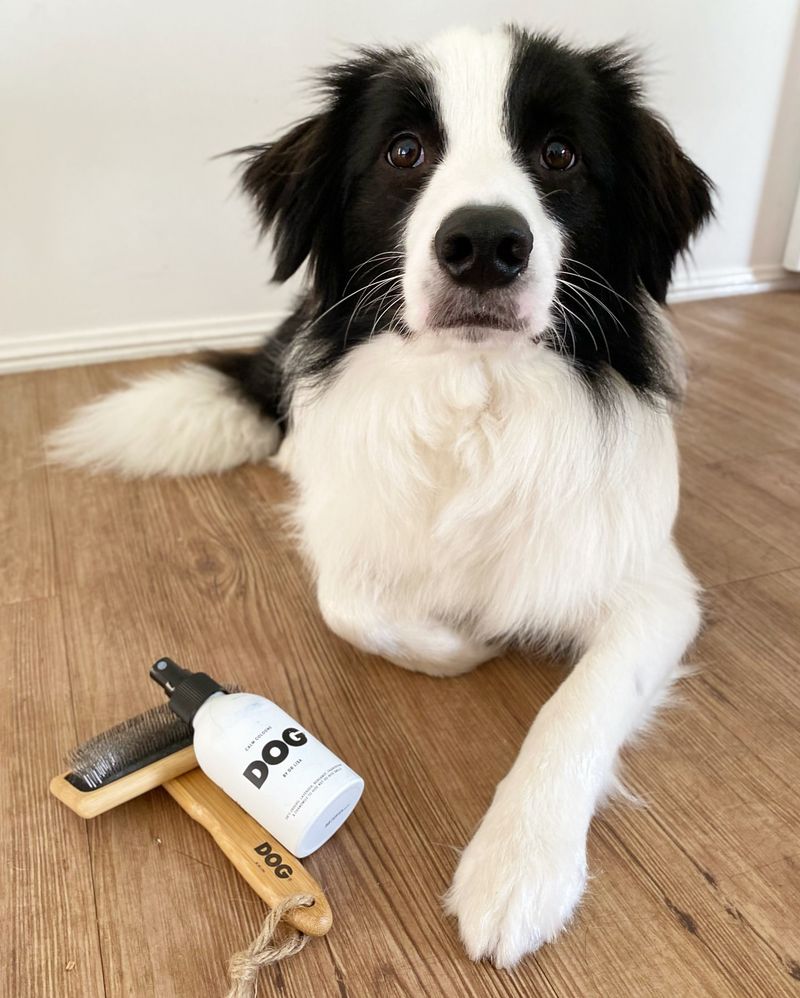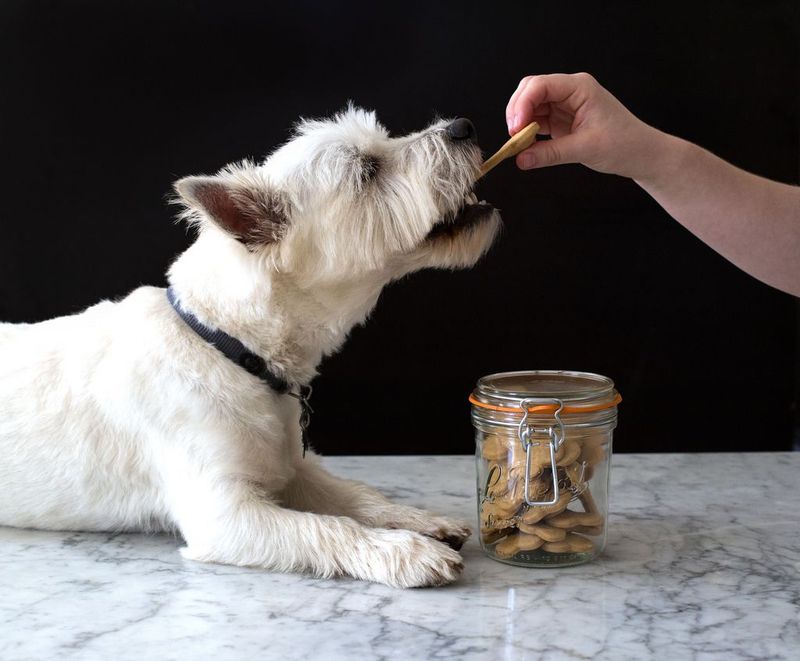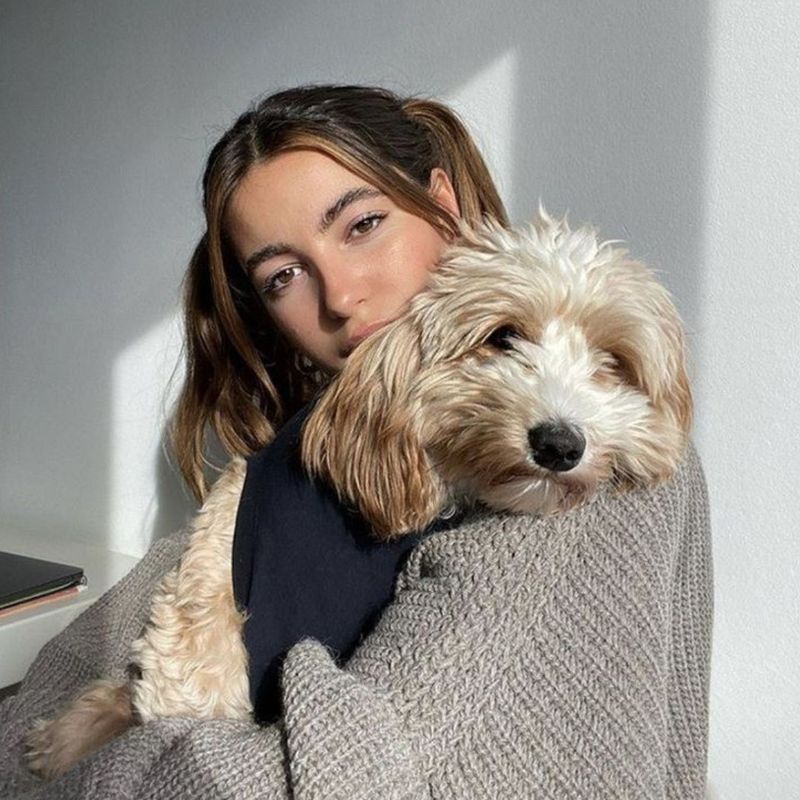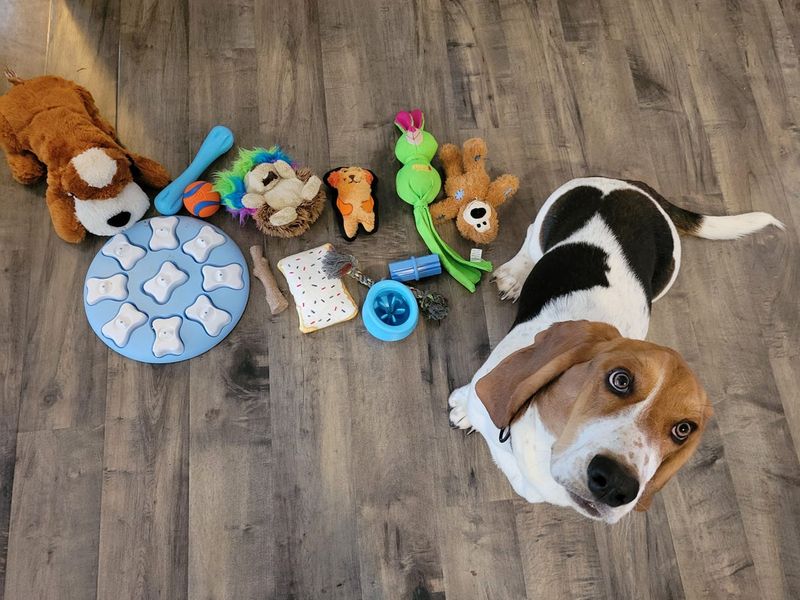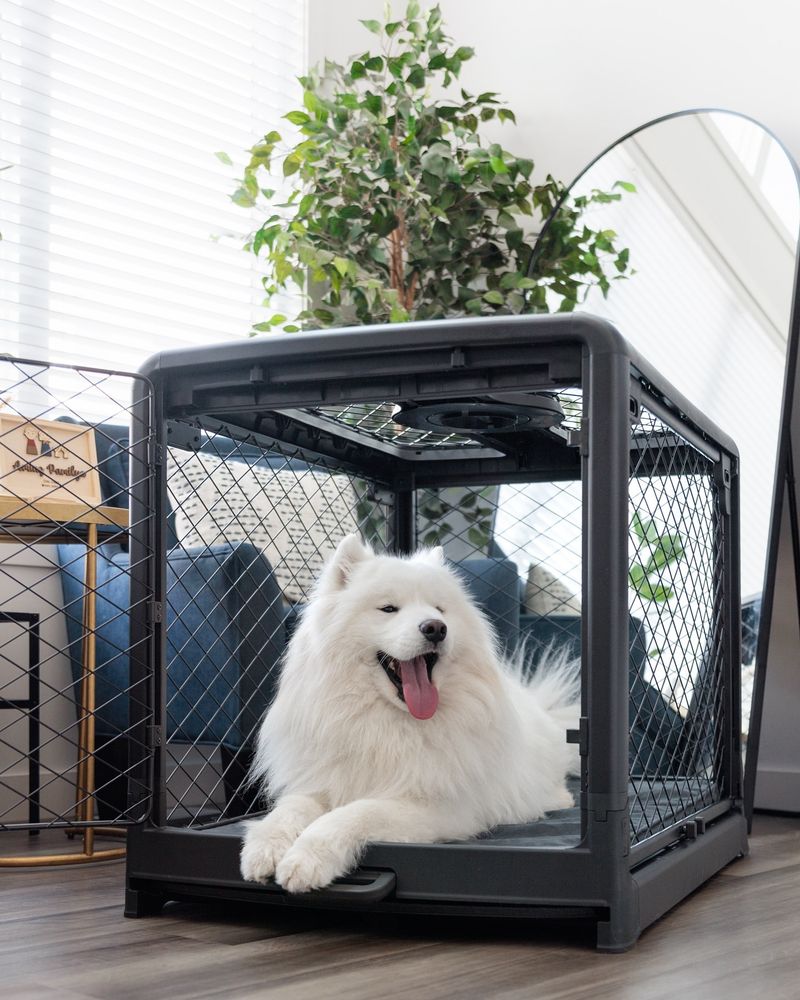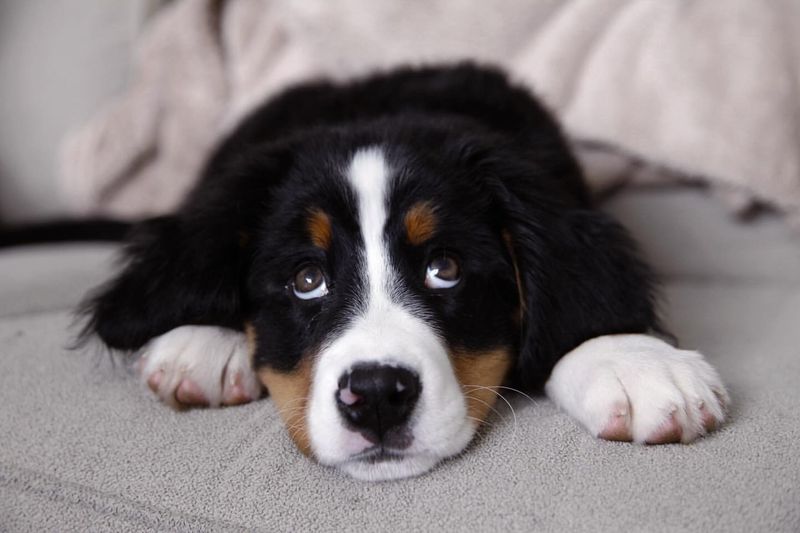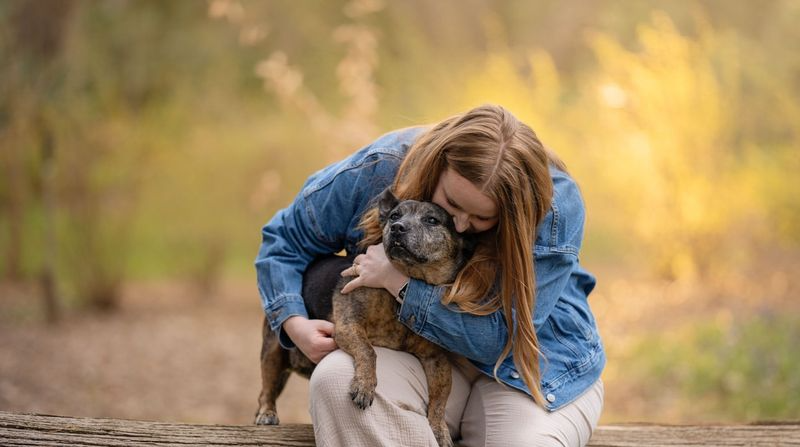📖 Table of Content:
- 1. Start with Training Early
- 2. Socialize Your Puppy
- 3. Set a Routine
- 4. Provide Proper Nutrition
- 5. Create a Safe Environment
- 6. Regular Vet Visits
- 7. Exercise Regularly
- 8. Groom Consistently
- 9. Use Positive Reinforcement
- 10. Understand Your Puppy’s Signals
- 11. Provide Mental Stimulation
- 12. Establish Boundaries
- 13. Be Patient and Consistent
- 14. Ensure Adequate Rest
- 15. Celebrate Milestones
Bringing home a puppy is equal parts heart-melting joy and chaotic adventure. From those tiny paw prints to their curious little sniffs around your house, puppies have a way of making life feel a little brighter (and your sleep schedule a little messier).
But let’s be real: raising a puppy isn’t all tail wags and Instagram-worthy moments—it’s a lot of patience, love, and learning on the fly.
Whether you’re a first-time puppy parent or adding a new four-legged member to your family, having a solid game plan makes all the difference.
This guide is here to help you navigate the journey with 15 practical, tried-and-true tips for raising a happy, healthy, and well-behaved pup. From house training and socialization to curbing those inevitable chewing sprees, we’ve got you covered.
1. Start with Training Early
Begin training your puppy as soon as they come home. Early training helps set boundaries and instills good behavior. Start with simple commands such as ‘sit’, ‘stay’, and ‘come’. Use positive reinforcement techniques, such as treats and praise, to encourage your puppy. Training in short, fun sessions keeps the puppy engaged and avoids frustration.
Consistency is key in training. Ensure everyone in the household uses the same commands and rewards. This unified approach prevents confusion and accelerates learning.
Remember to be patient; puppies have short attention spans. If your puppy seems overwhelmed, take a break and try again later. Consider enrolling in a puppy training class, which provides professional guidance and socialization opportunities.
2. Socialize Your Puppy
Socialization is crucial during the first few months of a puppy’s life. Expose your puppy to different environments, people, and other animals. This exposure helps prevent fearfulness and aggression later. Organize playdates with other dogs or visit a dog park for varied interactions.
Introduce your puppy to various sounds and sights, such as vacuum cleaners or car rides. These experiences build confidence and adaptability. Always supervise interactions to ensure they are positive and safe.
Socialization should be enjoyable. Use treats and praise to reward calm and friendly behavior. Avoid forcing your puppy into situations that cause distress. Gradually increase the complexity of socialization experiences as your puppy grows more comfortable.
3. Set a Routine
Puppies thrive on routine. Establish a consistent schedule for feeding, potty breaks, playtime, and bedtime. A routine helps your puppy understand expectations and reduces anxiety. Regular feeding times assist with house training by predicting when your puppy will need to go outside.
Consistency in routine also aids in training and behavior management. Puppies learn quickly when they know what comes next. Create a balanced schedule that incorporates play, training, and rest.
Be flexible but try to stick to the routine as much as possible. Life can be unpredictable, but maintaining a semblance of order helps your puppy feel secure and content. Adjust the routine as your puppy grows and their needs change.
4. Provide Proper Nutrition
Good nutrition is fundamental for a puppy’s growth and development. Choose a high-quality puppy food that meets the nutritional requirements for your puppy’s breed and size. Consult your veterinarian for recommendations tailored to your puppy’s specific needs.
Proper feeding schedules and portion sizes prevent overfeeding, which can lead to obesity. Avoid feeding table scraps or human food, which might upset your puppy’s stomach or lead to bad habits.
Monitor your puppy’s weight and adjust food quantities as they grow. Always provide fresh, clean water and ensure your puppy stays hydrated. Transition to adult dog food gradually to avoid digestive issues as your puppy matures. Nutrition plays a vital role in your puppy’s overall health and happiness.
5. Create a Safe Environment
Puppy-proofing your home is essential to keep your curious new friend safe. Remove or secure items that could be hazardous, such as electrical cords, small objects, and toxic plants. Use baby gates to block off areas that are unsafe or off-limits.
Provide a designated area with bedding, toys, and access to water. This space serves as a safe haven for your puppy to retreat to when they need rest or comfort. Regularly inspect your home for potential dangers as your puppy grows and becomes more adventurous.
Supervision is crucial, especially during the initial weeks. Keep a watchful eye as your puppy explores their new environment. By ensuring your puppy’s safety, you create a nurturing space where they can thrive.
6. Regular Vet Visits
Regular veterinary check-ups are vital for your puppy’s health. Schedule your first vet visit shortly after bringing your puppy home. This initial visit establishes a baseline for your puppy’s health and begins their vaccination schedule.
These visits help detect potential health issues early and keep vaccinations up to date. Discuss flea, tick, and heartworm prevention with your vet to safeguard your puppy against common parasites.
A vet can provide valuable advice on nutrition, behavior, and overall care. Building a relationship with your vet ensures you have a trusted resource for any medical concerns. Regular vet visits contribute to your puppy’s long-term wellbeing and help prevent serious health problems.
7. Exercise Regularly
Exercise is crucial for a puppy’s physical and mental health. Puppies have abundant energy that needs to be channeled through regular physical activity. Engaging in play sessions, walks, or runs helps your puppy burn off excess energy and reduces behavioral issues.
Tailor exercise routines to your puppy’s breed and energy level. High-energy breeds may require more vigorous activity, while others might benefit from gentler play.
Monitor your puppy during exercise to prevent overexertion, especially in extreme weather conditions. Provide plenty of water and take breaks as needed. Regular exercise strengthens the bond between you and your puppy and contributes to a happy, well-adjusted pet.
8. Groom Consistently
Regular grooming keeps your puppy clean and healthy. Brush your puppy’s coat regularly to remove dirt and prevent mats. Bathing should be done as needed, depending on breed and lifestyle. Use a puppy-safe shampoo to avoid skin irritation.
Check your puppy’s ears, eyes, and teeth during grooming sessions. Clean ears as needed and brush teeth to prevent dental issues. Trim nails regularly to prevent discomfort and potential injury.
Make grooming a positive experience by using treats and praise. Start grooming routines early to acclimate your puppy to being handled. Consistent grooming maintains your puppy’s appearance and is an opportunity to check for any health concerns.
9. Use Positive Reinforcement
Positive reinforcement is an effective training method. Reward your puppy for good behavior with treats, praise, or playtime. This approach encourages repetition of desired behaviors and strengthens the bond between you and your puppy.
Avoid harsh discipline, which can lead to fear or aggression. Instead, redirect unwanted behavior and reward good actions. Consistency in using positive reinforcement is key to successful training.
Short, focused training sessions prevent boredom and enhance learning. Celebrate small victories and be patient as your puppy learns. By fostering a positive and encouraging environment, your puppy will be more eager to learn and behave well.
10. Understand Your Puppy’s Signals
Learning to understand your puppy’s body language is crucial for communication. Pay attention to signals like wagging tails, ear positions, and vocalizations. These cues provide insight into your puppy’s emotions and needs.
Recognizing signs of stress or discomfort allows you to address potential issues quickly. A relaxed puppy often has a loose body posture, while a stressed puppy might tuck their tail or avoid eye contact.
Responding appropriately to your puppy’s signals builds trust and enhances your relationship. By understanding and respecting their communication, you create a supportive environment where your puppy feels understood and valued.
11. Provide Mental Stimulation
Mental stimulation is vital for a puppy’s development. Engage your puppy with puzzle toys, treat-dispensing games, and training exercises. These activities challenge your puppy’s mind and prevent boredom.
Interactive play, such as hide and seek or scent games, keeps your puppy entertained. Rotate toys to maintain interest and introduce new challenges regularly.
Mental stimulation, coupled with physical exercise, contributes to a well-rounded and content puppy. By providing diverse and engaging activities, you help your puppy grow into a curious and intelligent adult dog.
12. Establish Boundaries
Setting boundaries is important for your puppy’s behavior and safety. Define what is acceptable and what is not. Use clear cues and gentle guidance to teach your puppy about limits.
Boundaries help prevent unwanted behaviors such as jumping on furniture or excessive barking. Consistency in enforcing rules ensures your puppy understands expectations.
Be patient as your puppy learns. Reinforce boundaries with positive reinforcement and avoid punitive measures. Establishing clear boundaries creates a structured environment where your puppy can thrive and feel secure.
13. Be Patient and Consistent
Patience and consistency are critical in raising a puppy. Puppies are learning about the world and will make mistakes. Approach training and care with patience, understanding that progress takes time.
Consistency in routines, commands, and reinforcement helps your puppy learn faster. Mixed signals can confuse your puppy, hindering their progress.
Celebrate small achievements and remain calm during setbacks. Your attitude sets the tone for your puppy’s learning experience. By being patient and consistent, you foster a positive environment for growth and development.
14. Ensure Adequate Rest
Puppies need plenty of rest to support their growth and development. Ensure your puppy has a comfortable space to sleep and relax. A designated bed or crate provides a sense of security and routine.
Avoid disturbing your puppy during rest periods. Puppies can become cranky and unmanageable without adequate sleep. Regular nap times help regulate energy levels and improve mood.
Balance activity with rest. After playtime or exercise, allow your puppy to wind down and recharge. Adequate rest is essential for a healthy, happy puppy that is ready to explore and learn.
15. Celebrate Milestones
Celebrate your puppy’s milestones to strengthen your bond. Acknowledge achievements such as mastering a new command or reaching a growth milestone. Celebrations can be simple, like extra playtime or a new toy.
Document milestones with photos or videos. These memories will be cherished as your puppy grows into an adult dog.
Celebrating achievements encourages positive behavior and makes training enjoyable. It also provides an opportunity to reflect on your puppy’s progress and the journey you’ve shared. By marking milestones, you reinforce the positive experiences in your puppy’s life.
